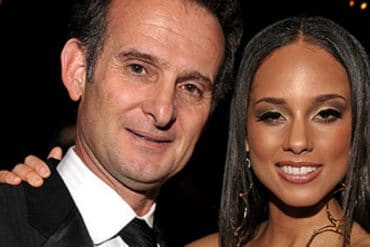To the editor:
The Nantucket Land Council engaged the Horsley Witten Group (HW) to assist us in reviewing the Nantucket Public School’s Campus Wide Master Plan proposal for synthetic turf fields which are located within the Wellhead Protection Zone – the area of our aquifer contributing directly to the public water supply. HW previously provided a review of the proposed synthetic turf fields for the Martha’s Vineyard Commission (MVC). The materials proposed for Nantucket are the same as those proposed on the Vineyard. While our review involved an evaluation of stormwater management plans, microplastic production, end of life disposal, and other aspects of the project, I wanted to summarize our concerns around the potential for negative impacts to our groundwater, particularly as it relates to PFAS.
The location of the synthetic turf fields is within both the Nantucket Harbor watershed and Nantucket’s Wellhead Protection Zone. As such, in this area, there are even greater implications for any contaminants that leach into our groundwater. The materials proposed for use in the fields were all analyzed for a variety of hazardous materials during the MVC review process including volatile organic compounds, select heavy metals, and PFAS compounds. While we know that thousands of distinct PFAS compounds exist, only 6 are currently regulated in MA, and laboratory methods only exist for analyzing 24 of them. There is not enough data available yet to be able to measure or quantify risk from the rest.
The materials were also analyzed for what are called “oxidizable precursors”. These are essentially compounds that can break down through exposure to UV light and/or other environmental degradation. The analysis of these precursors demonstrates the presence of compounds with the potential to break down into PFAS. An analysis was done for Total Fluorine. This is relevant because PFAS compounds contain Fluorine. Total Fluorine indicates the likely presence of PFAS compounds beyond the list of 24 we can presently test for. Finally, a leaching procedure was performed on all materials to determine whether PFAS will in fact leach out when exposed to water such as rain or other runoff.
The results of these analyses are detailed in our letter with Horsely Witten’s comments which can be found on the Nantucket Land Council website. PFAS was detected in all materials except the pellet glue, and of particular interest is confirmation that PFAS does in fact leach off of these materials in water. While the results indicated levels below those standards currently set by state agencies, the science is still too young for a complete PFAS risk assessment. It is important to remember that we only have safety standards developed for 6 of these chemicals. The “oxidizable precursor” and Total Fluorine analyses indicate the presence of PFAS compounds that may become leachable with UV exposure, and/or those we cannot yet measure.
We do not believe this level of unknown risk, given how much we have been learning about the negative health implications of measurable PFAS compounds, is appropriate in Nantucket’s wellhead protection district. We recognize the significant work that has gone into developing the Campus Wide Master Plan and the importance of providing athletic opportunities to Nantucket’s students, but hope to be part of a conversation about moving the plan forward in a way that supports the social health and needs of our NPS students, without installation of the synthetic turf fields.
Emily Molden
Executive Director, Nantucket Land Council






